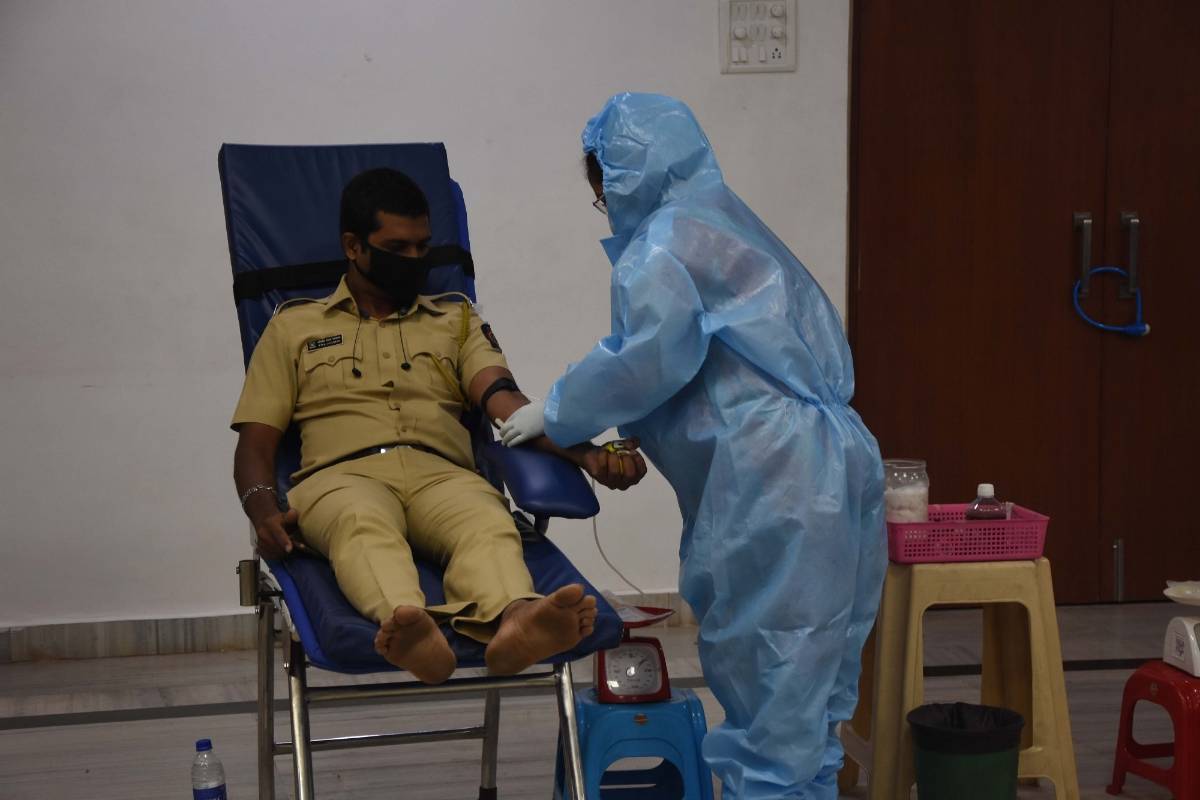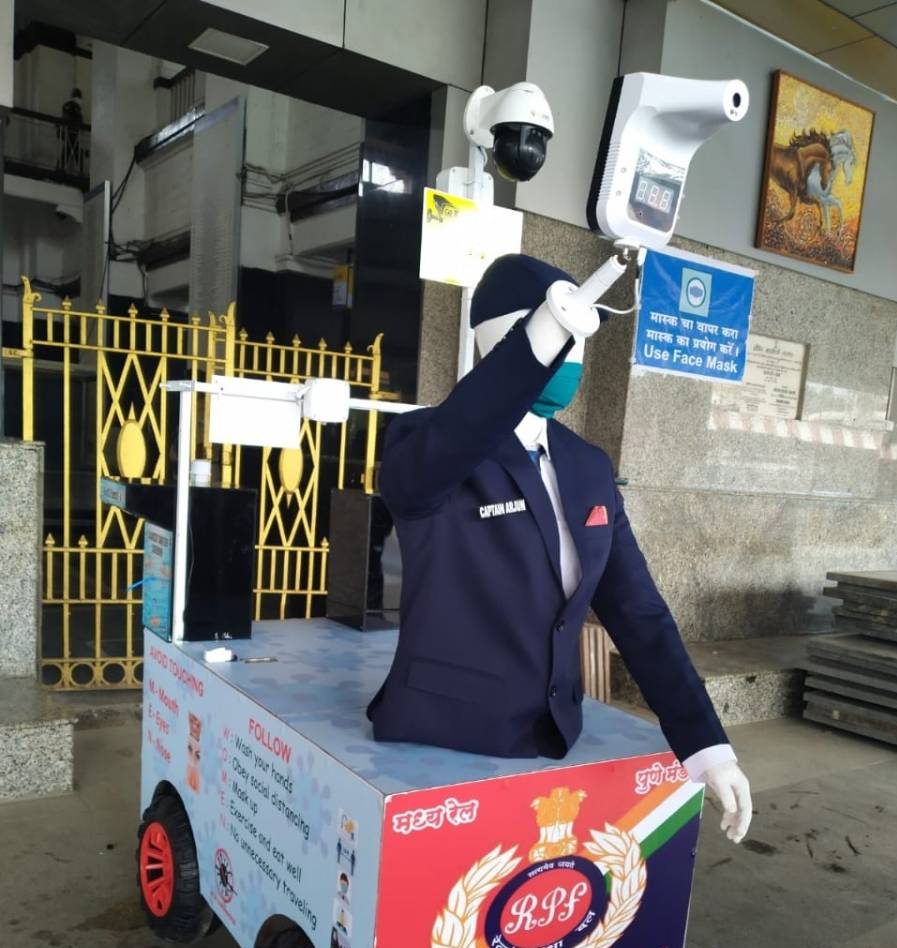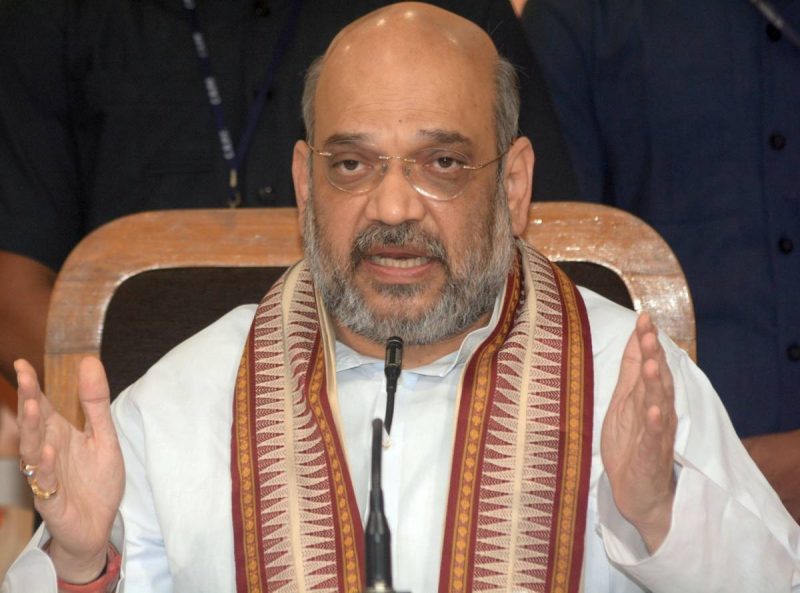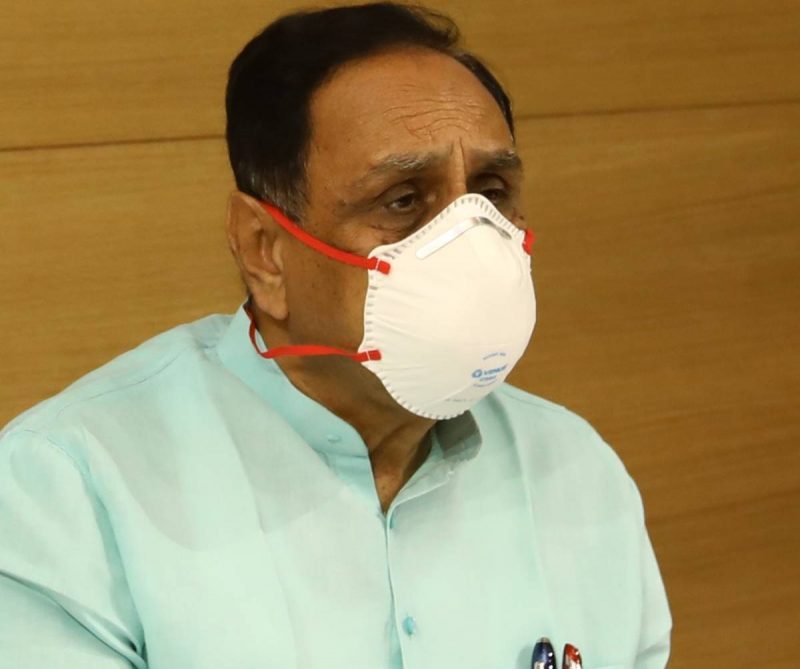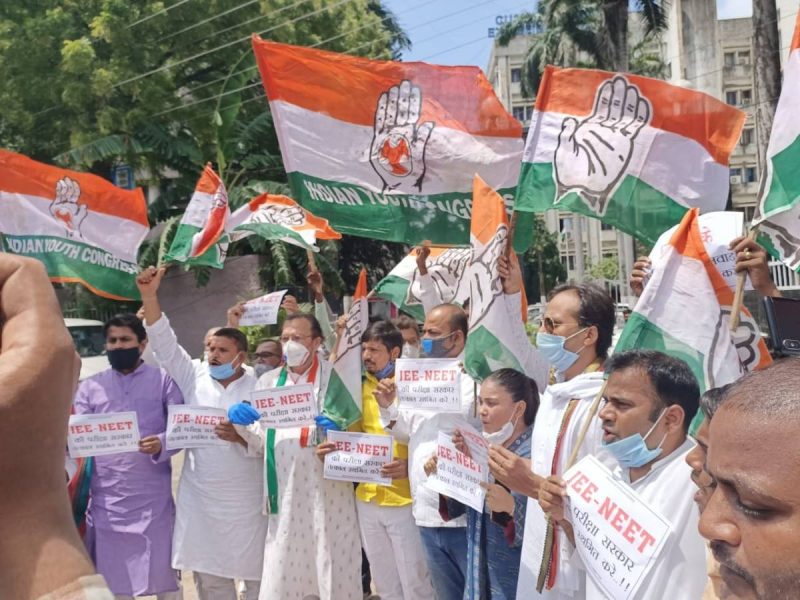A team of 10 mostly reclusive computer scientists are launching the country’s most detailed and first public domain COVID19 predictive model indiacovidmodel.in, which unleashes the power of granular district, state and national level visualisation to the public starting mid-week. NIKHILA NATARAJAN on India’s 1st public domain Covid-19 predictive model goes live this week

Driven by a common passion to build world class digital public goods for India, a clutch of 10 mostly reclusive computer scientists are launching the country’s most detailed and first public domain COVID19 predictive model indiacovidmodel.in, which unleashes the power of granular district, state and national level visualisation to the public starting mid-week.
The predictive model arrives at crucial time amid a broader virus surge throughout India. India’s nationwide caseload overtook Britain to become the fourth highest in the world, as it passed the grim milestone of 300,000 cases.
“The biggest variable is the data that flows into the model. What our model predicts the absolute number is not as important as the trend. The trend tells you what to do. Am I going to run out of hospital beds in this district? Those are the questions we are trying to answer. Or for instance, if the positivity rate is greater than 20 percent or the mortality rate is 10 per cent in a given district, it is an indicator that testing is not sufficient in that particular district,” said Vivek Raghavan, a senior team lead on the India COVID model.
Raghavan, Chief Product Manager and biometric architect at Unique Identification Authority of India (UIDAI), worked on the model in his personal capacity as a volunteer with the Indian Software Product Industry Roundtable (iSPIRT). All 10 engineers involved in the model are iSPIRT volunteers drawn from the senior-most ranks of India’s technology sector, and some bright young techies.
Sathyan Sethumadhavan, a technical engineering lead at Thoughtworks; Arka Koner, an IIT Kharagpur graduate and now data scientist at UIDAI and Avni Hirpara are credited with doing the “heavy lifting” on the project. Yashvi Jaju, 18, a rising sophomore at University of Southern California, is the youngest in the group. Some preferred to remain on background.
 We spoke to some of the team members over three days and preview the model which is compartmentalised based on four factors: Susceptible, Exposed, Infectious and Recovered or SEIR.
We spoke to some of the team members over three days and preview the model which is compartmentalised based on four factors: Susceptible, Exposed, Infectious and Recovered or SEIR.
At launch, indiacovidmodel.in will feature an interactive dashboard on the landing page from where users can navigate into specific states, districts and cities and see trend lines 15-30 days into the future for any area. Source data comes from a crowdsourced database for COVID-19 stats and patient tracing.
“The core model is based on an established mathematical model, specifically SEIR. To this model we added modifications that help address India specific capabilities like defining interventions, population splits across parameters, configurability of granular models, etc,” a machine learning pinch hitter on the project team said.
The model, still evolving, draws on some of the “best features of some of the top models already out there”, he said.
Models from the Institute of Health Metrics and Evaluation at the University of Washington and a few others inform the construct of the India model. Work on the predictive model began two days before India’s first lockdown, back in March. The model itself has been up and running for “at least six weeks now,” the team said. So far, it’s been access protected and used on a need basis at the state level.
Dr. Rohit Gupta, another scientist-volunteer on the project, pointed to the primacy of data inputs and parameters over purely mathematical frameworks in an epidemiological model.
“It’s more useful and practical to focus on accurate data inputs and parameters. Especially lockdown aspects, behavioural aspects and the ability to change the parameters based on what’s happening. Those are likely to give you good predictions which you can use to take informed decisions,” said Gupta.
Gupta holds a PhD in computer science, is currently chief AI officer at Buddhimed and teaches at IIT-Madras and IIIT-Delhi.
For iSPIRT, the work that’s gone into creating the model during an ongoing health emergency has turned out to be a crucial ingredient for one of its moonshots: the India health stack.
“Our goal is to democratise biomarkers in India faster than any other country in the world. We believe all medical diagnostics will be biomarker based, like it is in COVID. Here, you can’t look at the symptoms and diagnose somebody. You have to test. We want ordinary Indians to have better quality biomarkers available than rich citizens of rich countries. We have thought hard about how to make that happen. From that perspective, this model is an important exercise for us. It is a crucial part of creating a health system in India. It’s not just about the modelling. It’s also to look at how to solve for local capabilities to do cheap testing in India,” iSPIRT co-founder Sharad Sharma said.



